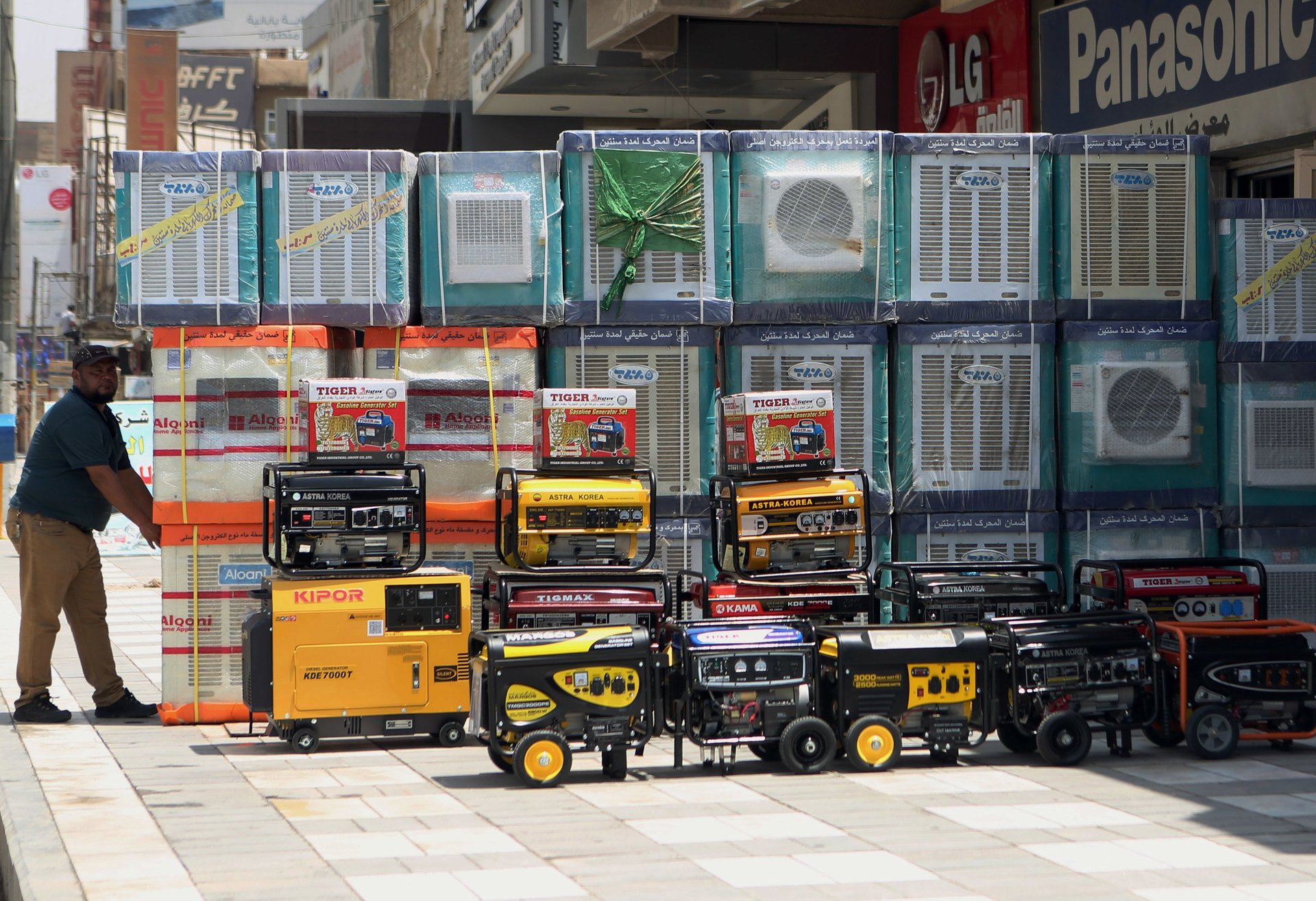The people living in the hottest places on the planet are the least likely to have air conditioners
In 2016, roughly 10% of the planet’s energy use went towards air conditioning. Figures vary wildly from country to country, though, and some of the hottest regions on Earth use the least A/C—for now.


In 2016, roughly 10% of the planet’s energy use went towards air conditioning. Figures vary wildly from country to country, though, and some of the hottest regions on Earth use the least A/C—for now.
A new report from the International Energy Agency says that’s about to change. By 2050, the intergovernmental agency predicts, global energy use from A/Cs will triple, reaching a level equivalent to China’s total electricity demand today.
The African continent is home to some of the hottest places on Earth, but fewer than 5% of people in most African nations own an air conditioner, and energy used for cooling comes to just 35 kWh per person living in the continent, according to the IEA. In India, where large parts of the country are hot all year round, people use an average of 70 kWh for cooling. Compared to nations where having an A/C is the norm, that’s almost nothing at all.
Take Japan and Korea, for example, where people use 800 kWh on cooling each. Fully 91% of Japanese homes and 86% of Korean homes have an A/C. In the US, 90% of homes have an A/C, and per-capita cooling-energy use is 1,880 kWh, according to the IEA report. Of the 1.6 billion A/C units installed globally, 23% are in the US.
Put another way, the 328 million people living in the US consume more energy for cooling than the 4.4 billion people living in all of Africa, Latin America, the Middle East, and Asia (excluding China) combined, according to the IEA report.
But that’s likely to change. The IEA predicts a cooling boom. Sales of air conditioners are going way up, particularly in India, Indonesia, and the Middle East, all hot regions where A/C is still rare, relative to places like the US or Japan.
More access to A/C is a potentially great thing. It can do wonders for national economies and quality of life. Singapore’s founding father, Lee Kuan Yew, who led the country from 1959 to 1990, called air conditioning the second-biggest factor in Singapore’s success, behind only “multicultural tolerance.” “Without air conditioning you can work only in the cool early-morning hours or at dusk,” he told New Perspectives Quarterly. “The first thing I did upon becoming prime minister was to install air conditioners in buildings where the civil service worked. This was key to public efficiency.”
But in Singapore, that has led to a massive amount of new electricity demand: 50% of the country’s electricity use goes towards air conditioning at peak demand times. In Saudi Arabia, where A/C is used year-round, 70% of the country’s total energy use is for air conditioning.
In China, A/C used to be rare. Now, 35% of the world’s air conditioners are in China, and the country uses 68 times more cooling electricity than it did in 1990. China’s share of global A/C units continues to grow faster than any other country’s. And once air conditioning becomes the norm in a country, energy use skyrockets. China’s figures are a peek at what could be ahead for hot countries where air-conditioner ownership is on the rise.

The IEA says the only way to stave off massive increases in global energy use—which could potentially wipe out progress made towards curbing climate change—is to develop rules around more energy-efficient A/Cs.
The difference that would make in energy consumption could be enormous: One analysis out of the University of California-Berkeley National Laboratory in 2015 found that if A/C efficiency was improved by 30% globally by 2030, it would reduce peak electricity demand by the equivalent of the annual output of 710 mid-sized coal-power plants.